
In 1943, Woodrow Wilson “Woody” Guthrie was about to publish his now-classic, semi-fictionalized autobiography, Bound for Glory, in which he wrote vibrantly about his childhood, his love of American folk songs and his epic travels as a freight car-hopping itinerant poet during the Depression.
While Bound for Glory would introduce Guthrie to a broader audience than the relatively few who, at the time, knew him only through his music, Woody was already something of an underground hero to other musicians—folk and protest singers who soon, in the late Fifties and early Sixties, would be shaking America from its post-war somnolence. A politically engaged artist, Guthrie crafted wrenching tales of loss and struggle, as well as paeans to romantic love and heartfelt, platitude-free patriotism, into some of the most enduring music America has ever produced.
In fact, at the time the photographs in this gallery were made, Guthrie had written and performed, but not yet published, the simple, celebratory song that countless Americans consider the United States’ genuine national anthem: “This Land Is Your Land.”
Here, in tribute to an utterly singular American life, LIFE.com presents photos—none of which appeared in LIFE magazine—from 1943, chronicling the guitar-strumming Oklahoma native’s rambles through wartime New York City.
“The note of hope is the only note that can help us or save us from falling to the bottom of the heap of evolution,” Guthrie once asserted, in one of his philosophically tinged writings, “because, largely, about all a human being is, anyway, is just a hoping machine. . . . There’s a feeling in music and it carries you back down the road you have traveled and makes you travel it again. Sometimes when I hear music I think back over my days—and a feeling that is fifty-fifty joy and pain swells like clouds taking all kinds of shapes in my mind.”
A self-taught visual artist (accomplished sketches, cartoons, caricatures and line drawings fill many, many notebooks) as well as an inveterate, almost obsessive journal-keeper, Guthrie had a relationship with music that brings to mind the grit and very occasional glamor not only of the open road, but of the troubadour’s wandering life. Of Bound for Glory, New York Times reviewer Clifton Fadiman wrote: “Some day people are going to wake up to the fact that Woody Guthrie and the ten thousand songs that leap and tumble off the strings of his music box are a national possession like Yellowstone and Yosemite, and part of the best stuff this country has to show the world.”
Guthrie had a strong connection to New York City, too, living on Mermaid Avenue in Brooklyn in the 1940s—an evocative address made famous to a new generation of fans by Billy Bragg and Wilco, who put unpublished Guthrie lyrics to music in scores of wonderful songs, collected and released by Nonesuch records as Mermaid Avenue: The Complete Sessions (2012).
New York City was where Woody Guthrie made his first professional recordings; where he wrote “This Land Is Your Land”; where he befriended and collaborated with other politically minded artists like Pete Seeger; and where his devotees—including the likes of Bob Dylan and the great Phil Ochs—later ignited their own Guthrie-inspired folk scene in downtown coffee houses and dives. “You could listen to his songs and learn how to live,” Dylan once said of his hero’s life and work.
On assignment for LIFE in 1943, photographer Eric Schaal followed Guthrie as he gave impromptu performances around New York—in bars, on the stoops of brownstones, on the subway. Engaging and at ease, the Woody Guthrie of these photos is exactly where he liked to be: among working people, and the children of working people, guitar in hand, sharing his own lyrics and the lyrics of other folk musicians with the very men and women those lyrics were always written for, and about.
“I am out to sing songs that will prove to you that this is your world,” Guthrie once said, “no matter what color, what size you are, how you are built. I am out to sing the songs that make you take pride in yourself and in your work.”
“Woody is just Woody,” another American artist, John Steinbeck, once wrote. “Thousands of people do not know he has any other name. He is just a voice and a guitar. He sings the songs of a people and I suspect that he is, in a way, that people. Harsh voiced and nasal . . . there is nothing sweet about Woody, and there is nothing sweet about the songs he sings. But there is something more important for those who still listen. There is the will of a people to endure and fight against oppression. I think we call this the American spirit.”
Woody Guthrie died on Oct. 3, 1967, from complications brought on by Huntington’s disease, when he was only 55.
Ben Cosgrove is the Editor of LIFE.com

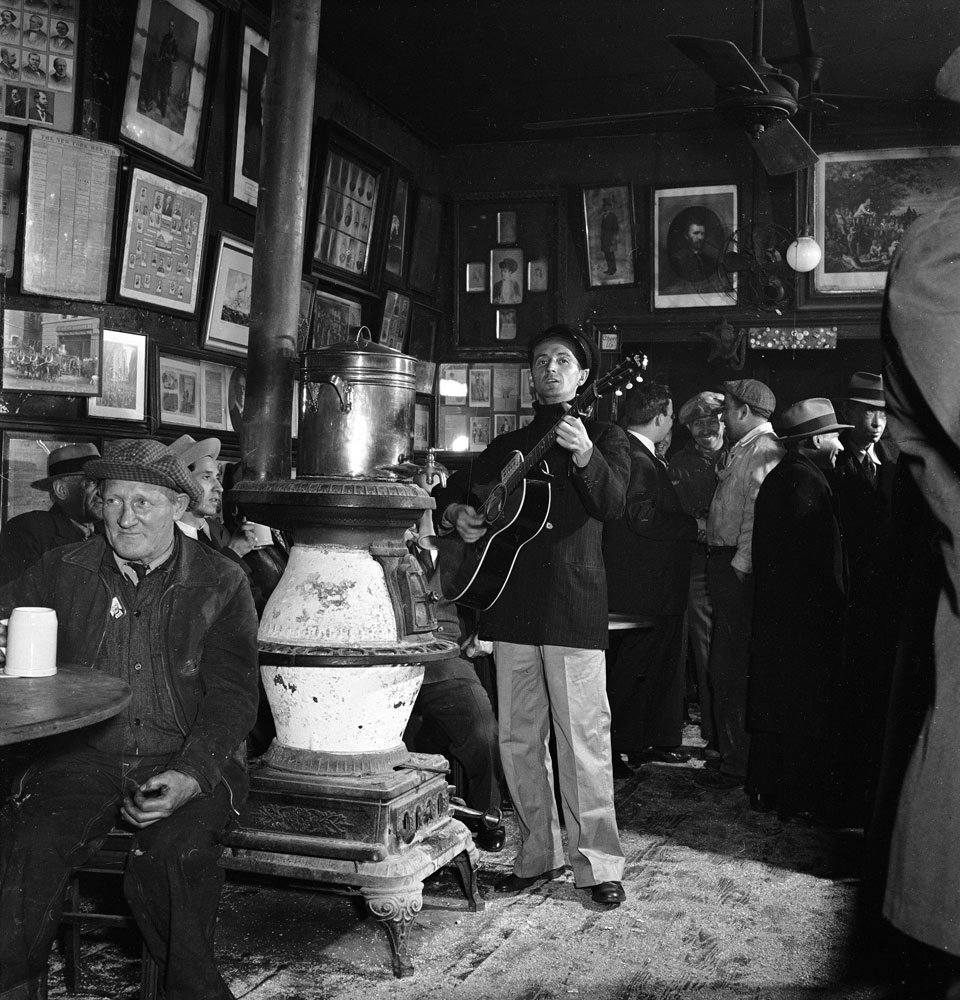
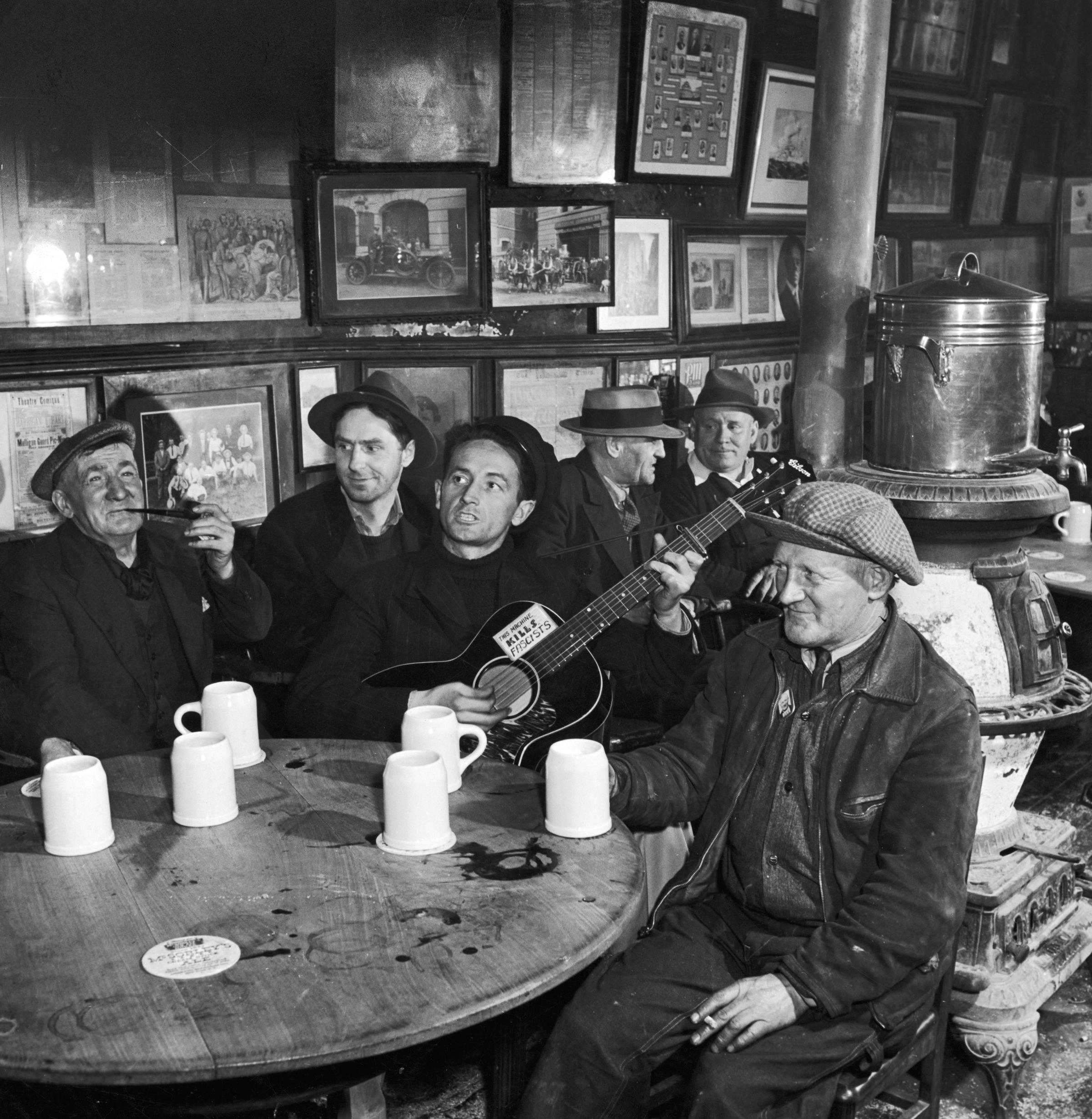
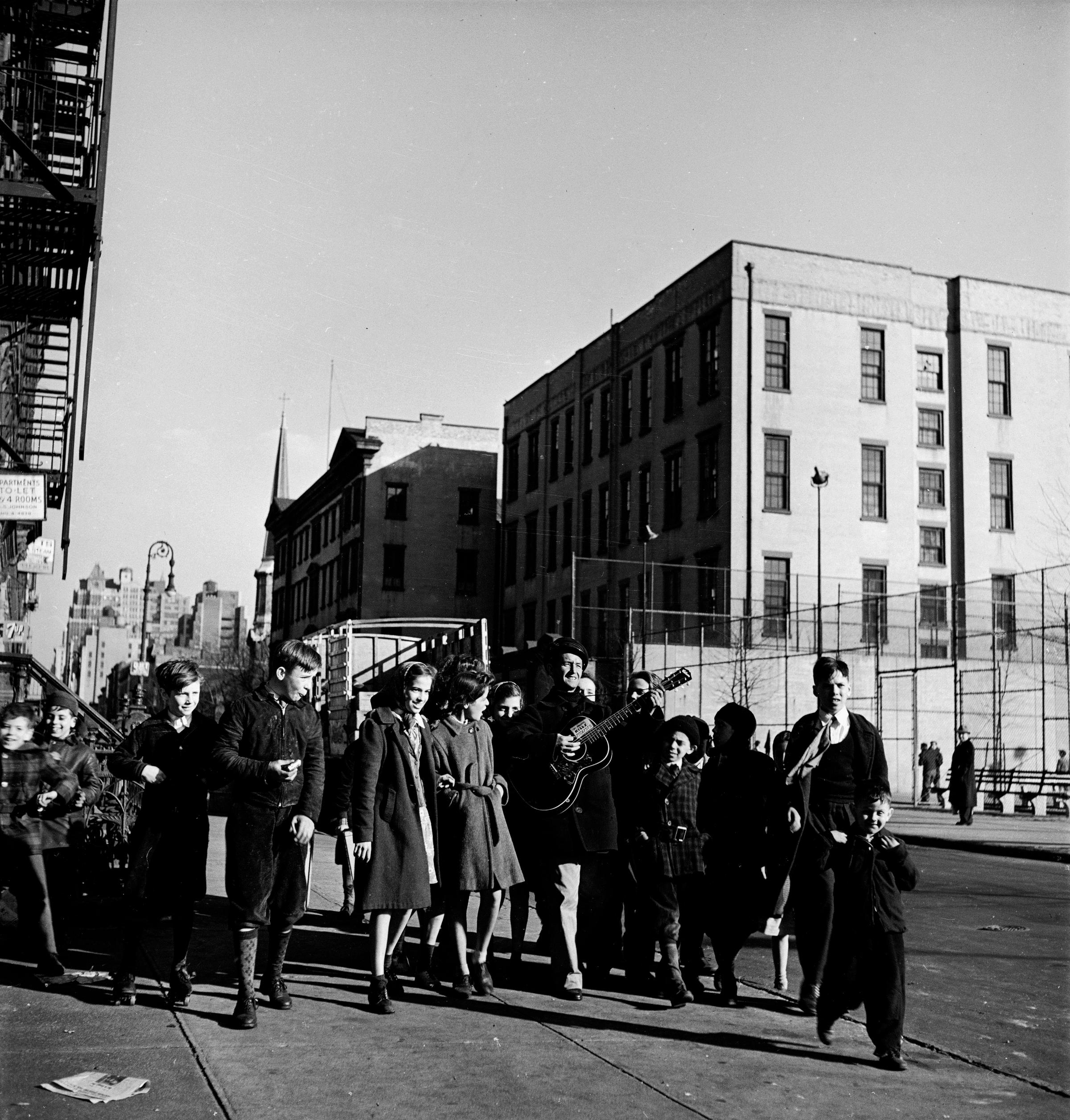
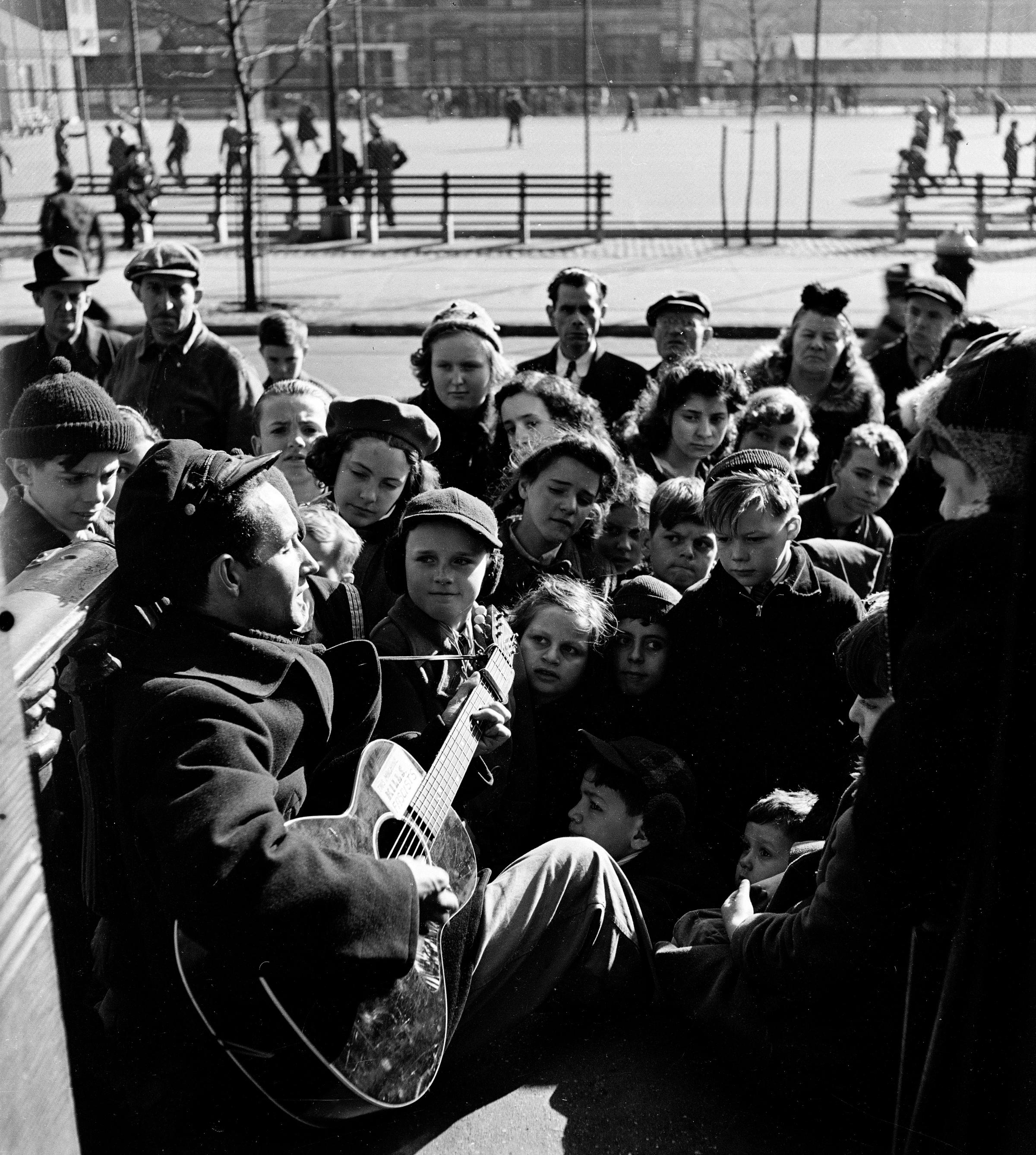

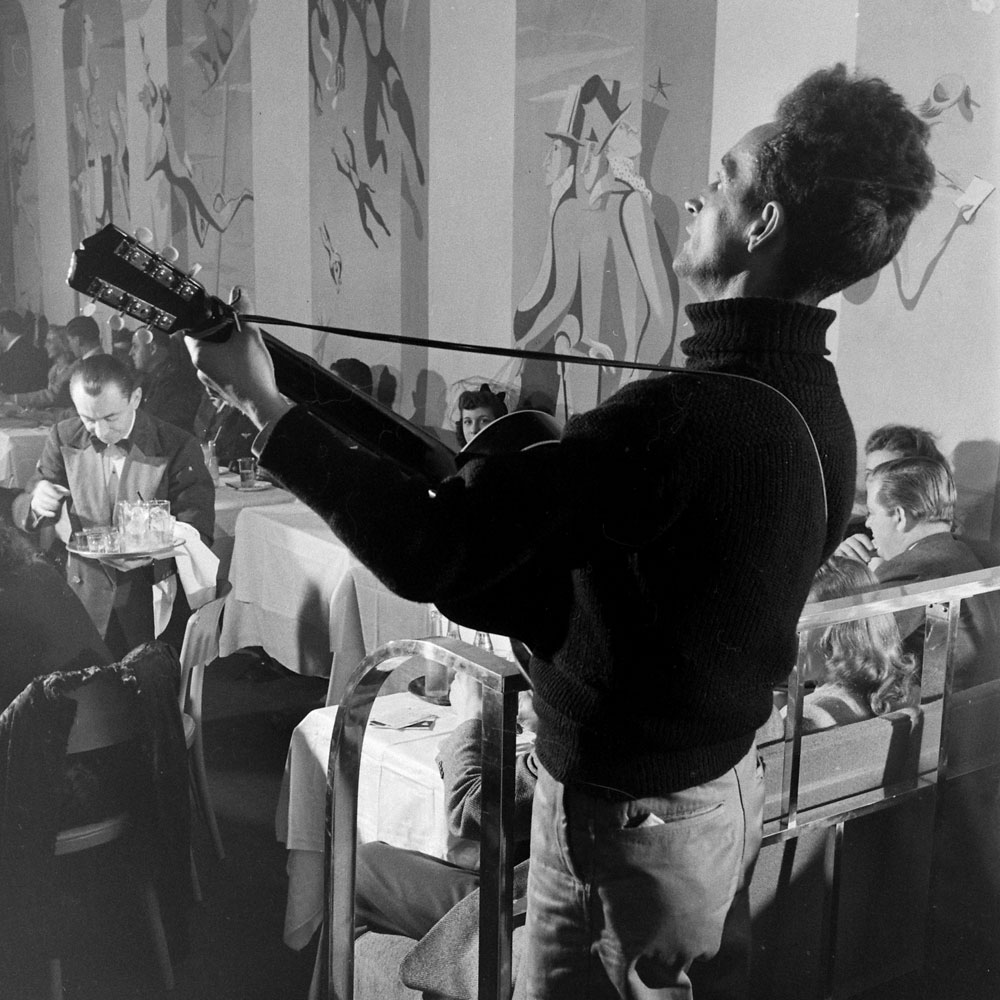
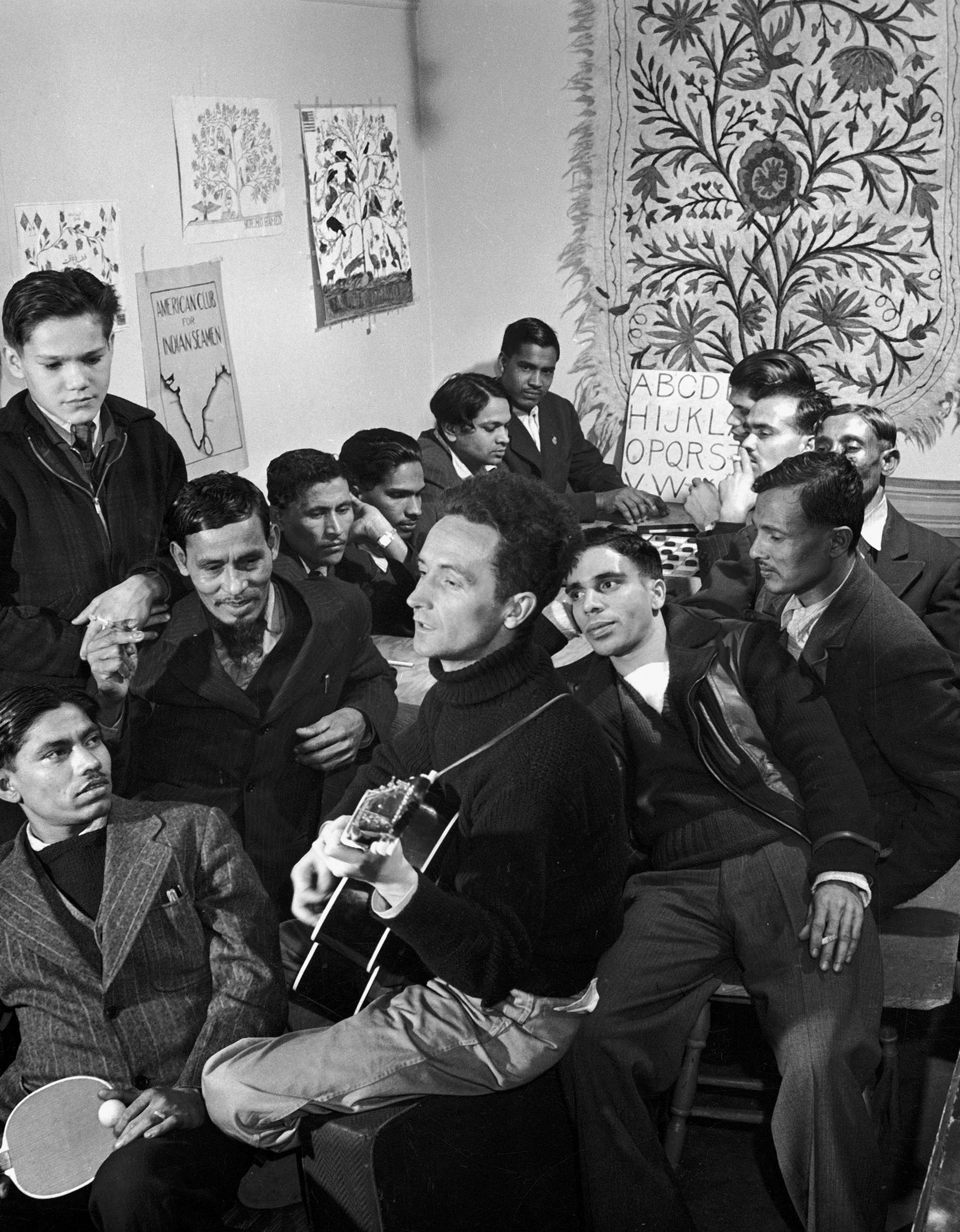
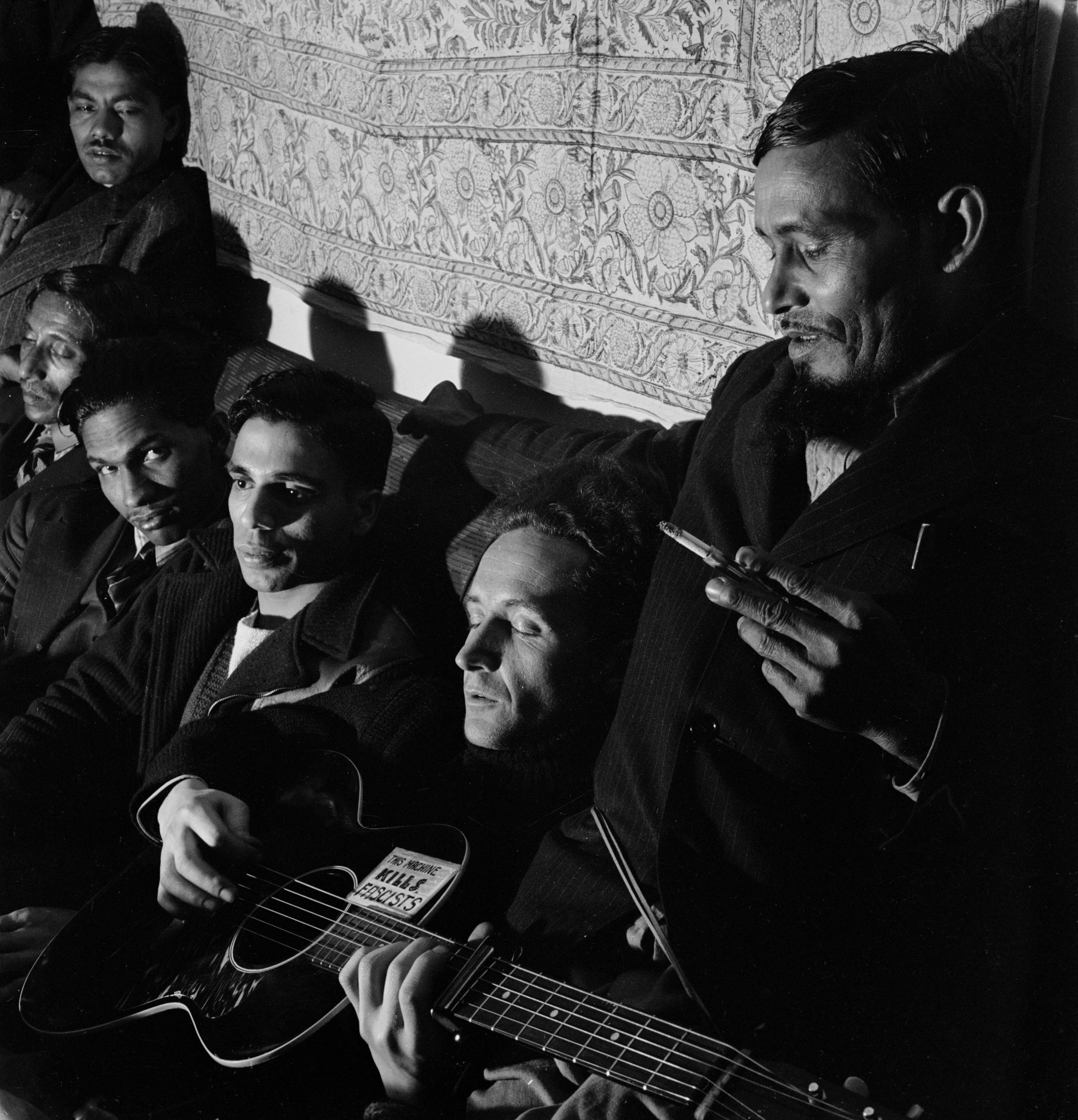

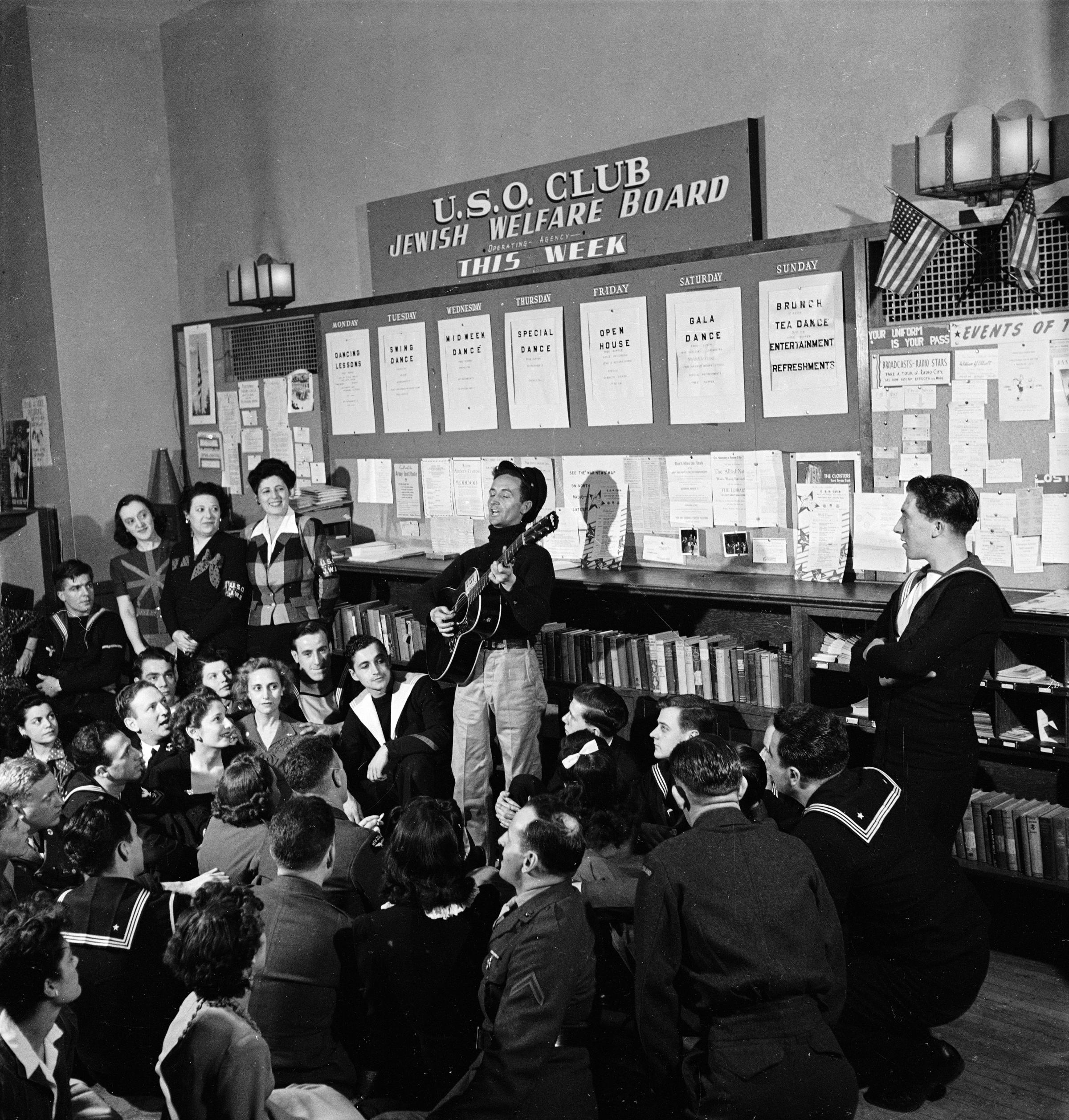
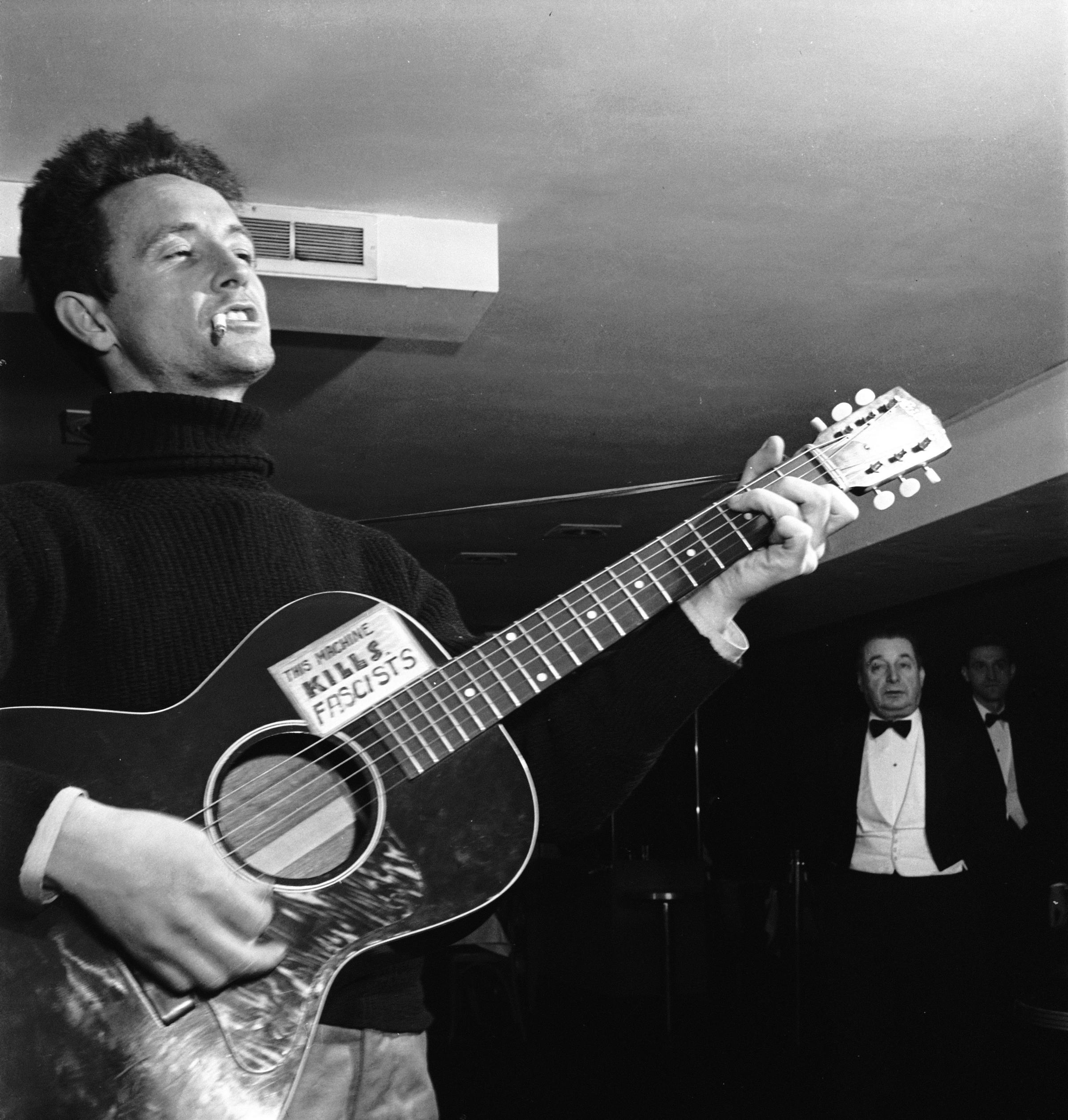
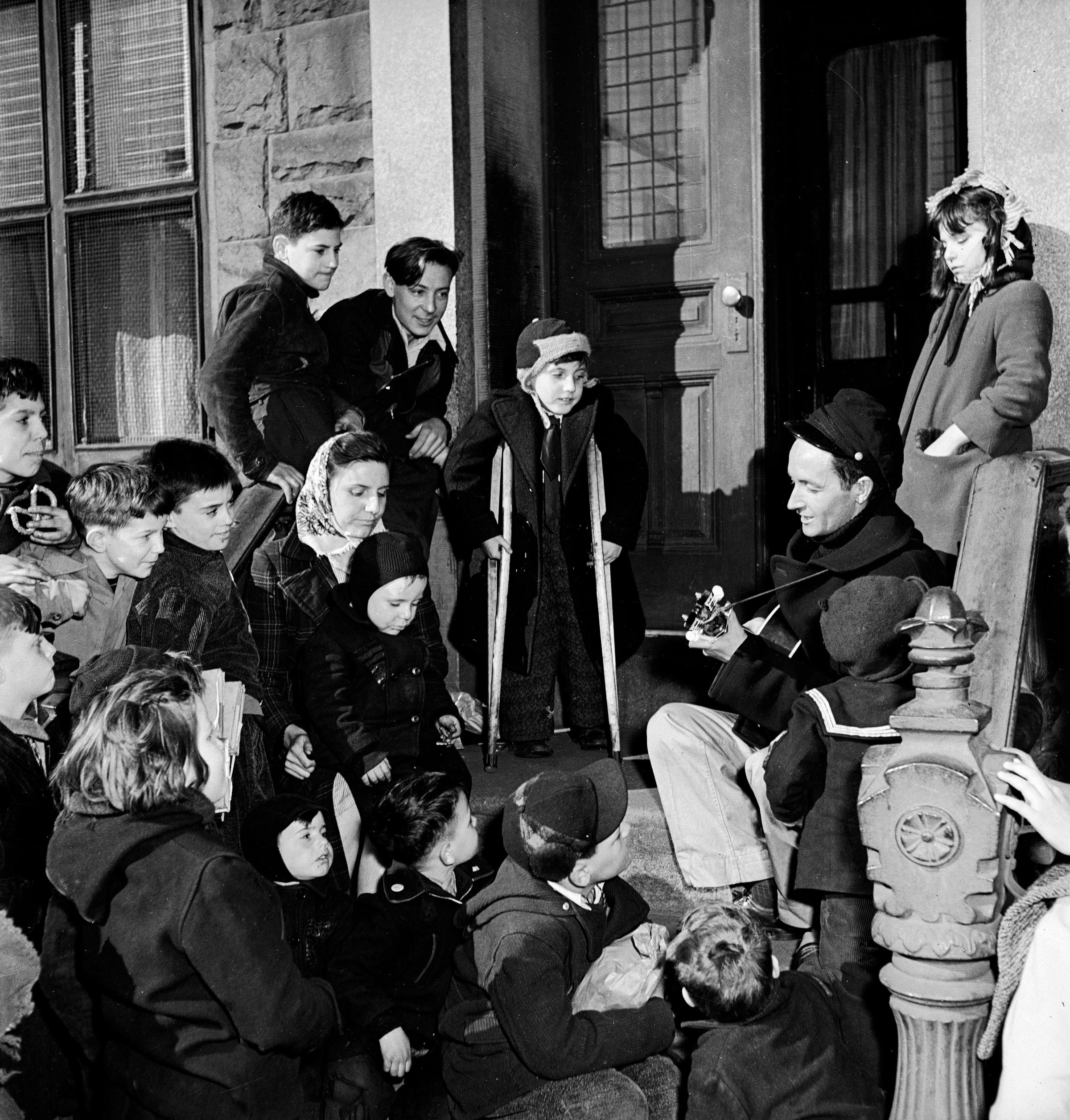
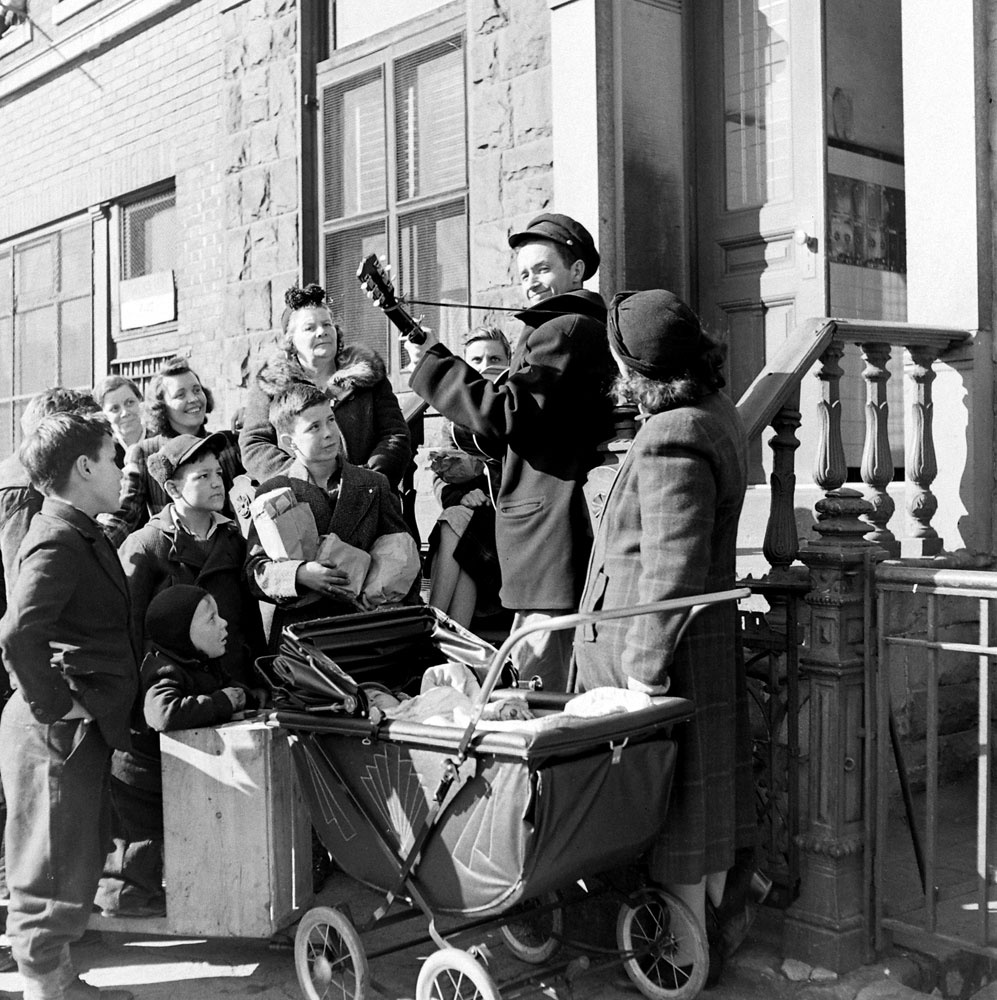
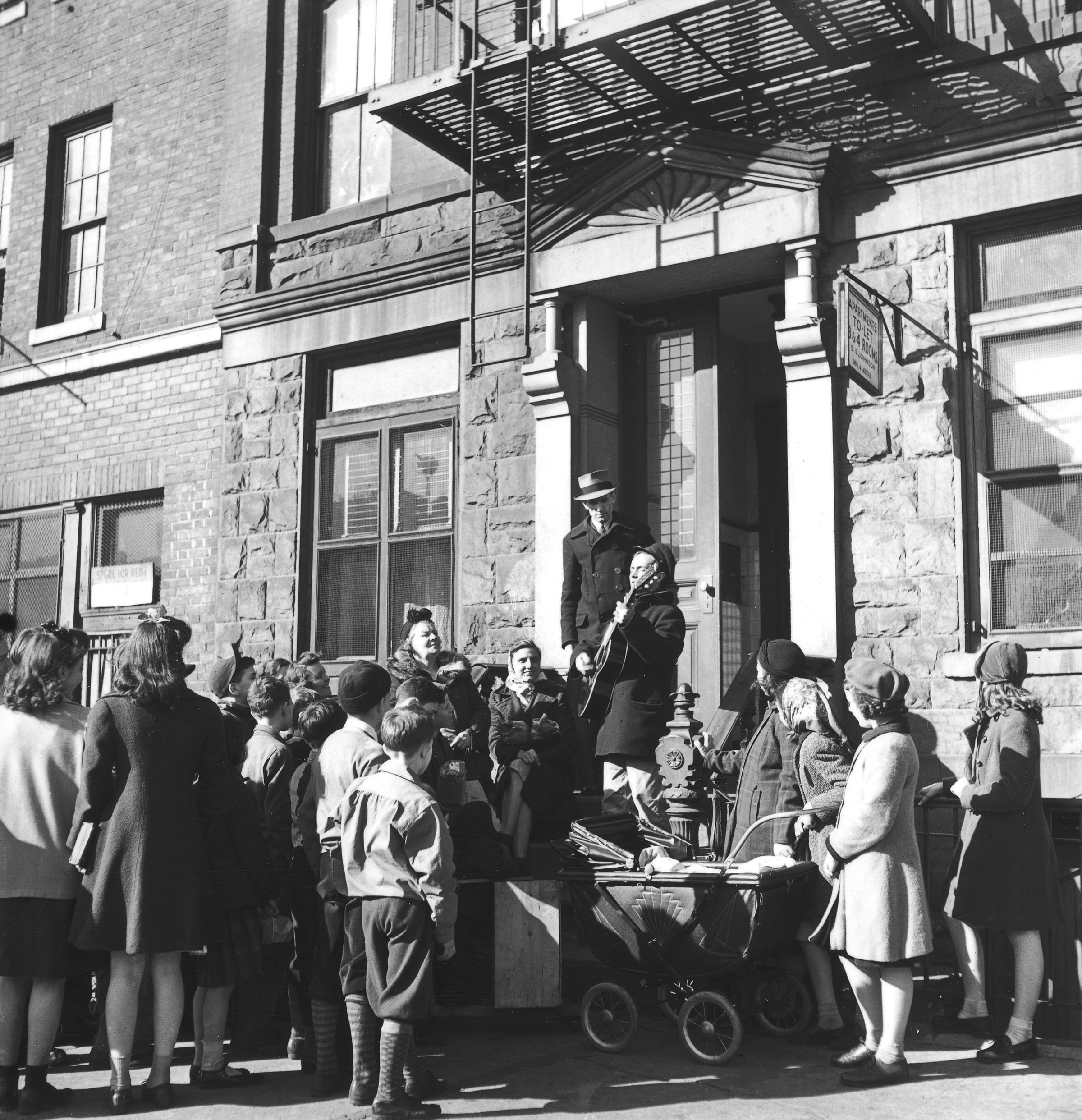

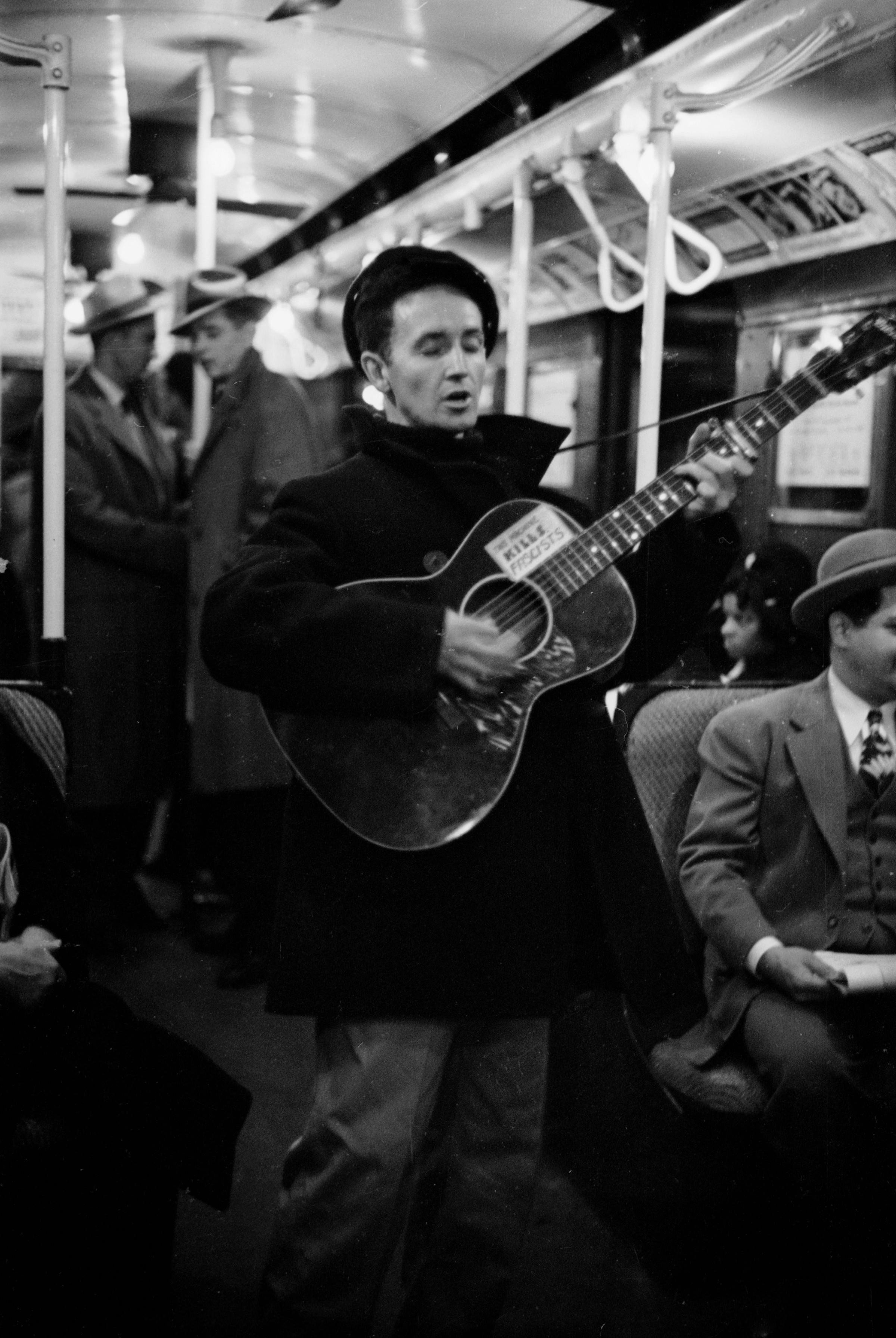

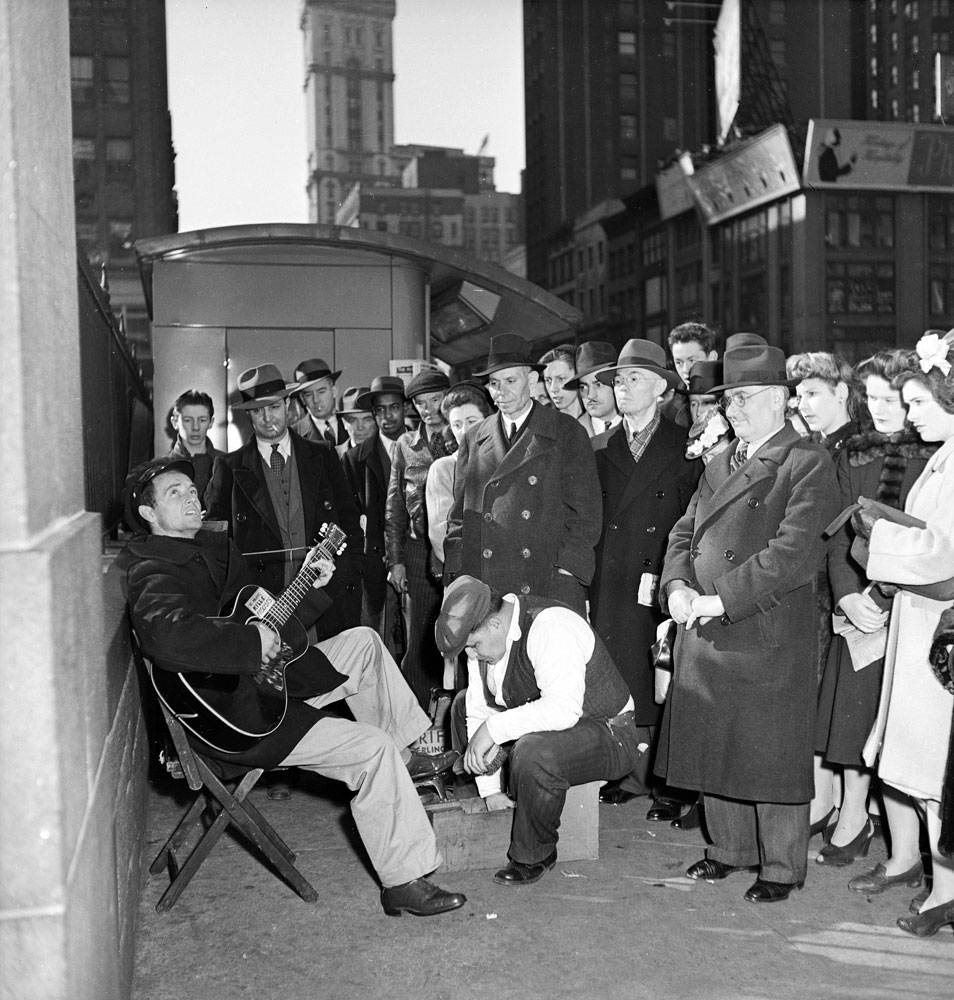
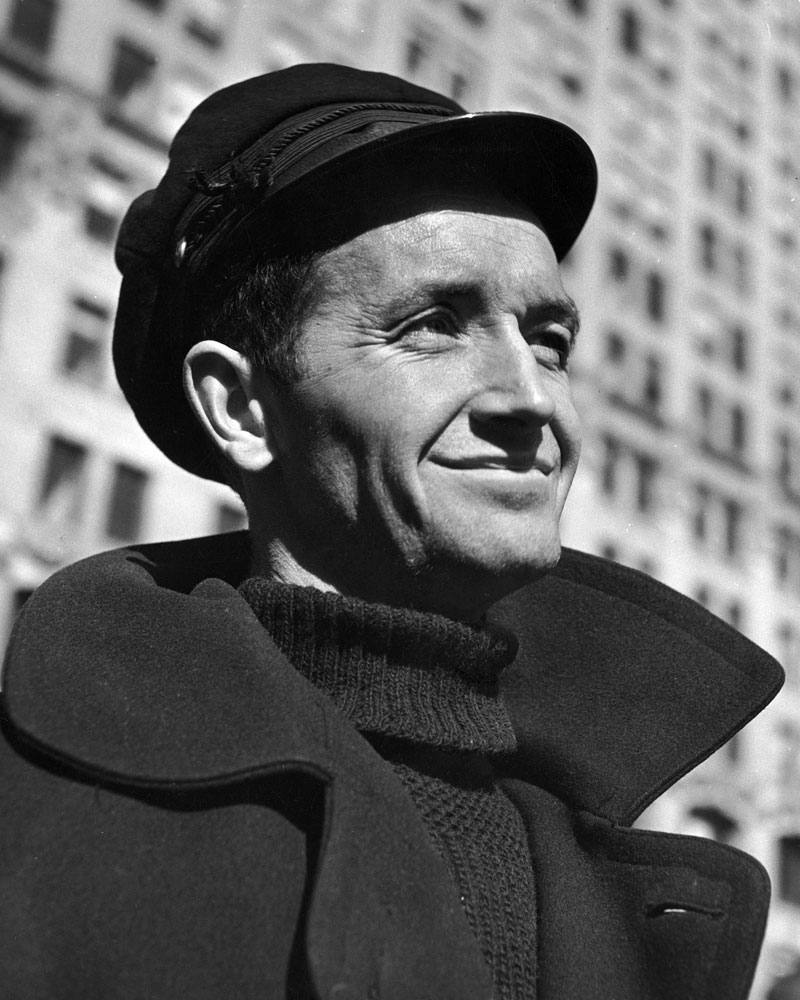
More Must-Reads From TIME
- The 100 Most Influential People of 2024
- The Revolution of Yulia Navalnaya
- 6 Compliments That Land Every Time
- What's the Deal With the Bitcoin Halving?
- If You're Dating Right Now , You're Brave: Column
- The AI That Could Heal a Divided Internet
- Fallout Is a Brilliant Model for the Future of Video Game Adaptations
- Want Weekly Recs on What to Watch, Read, and More? Sign Up for Worth Your Time
Contact us at letters@time.com